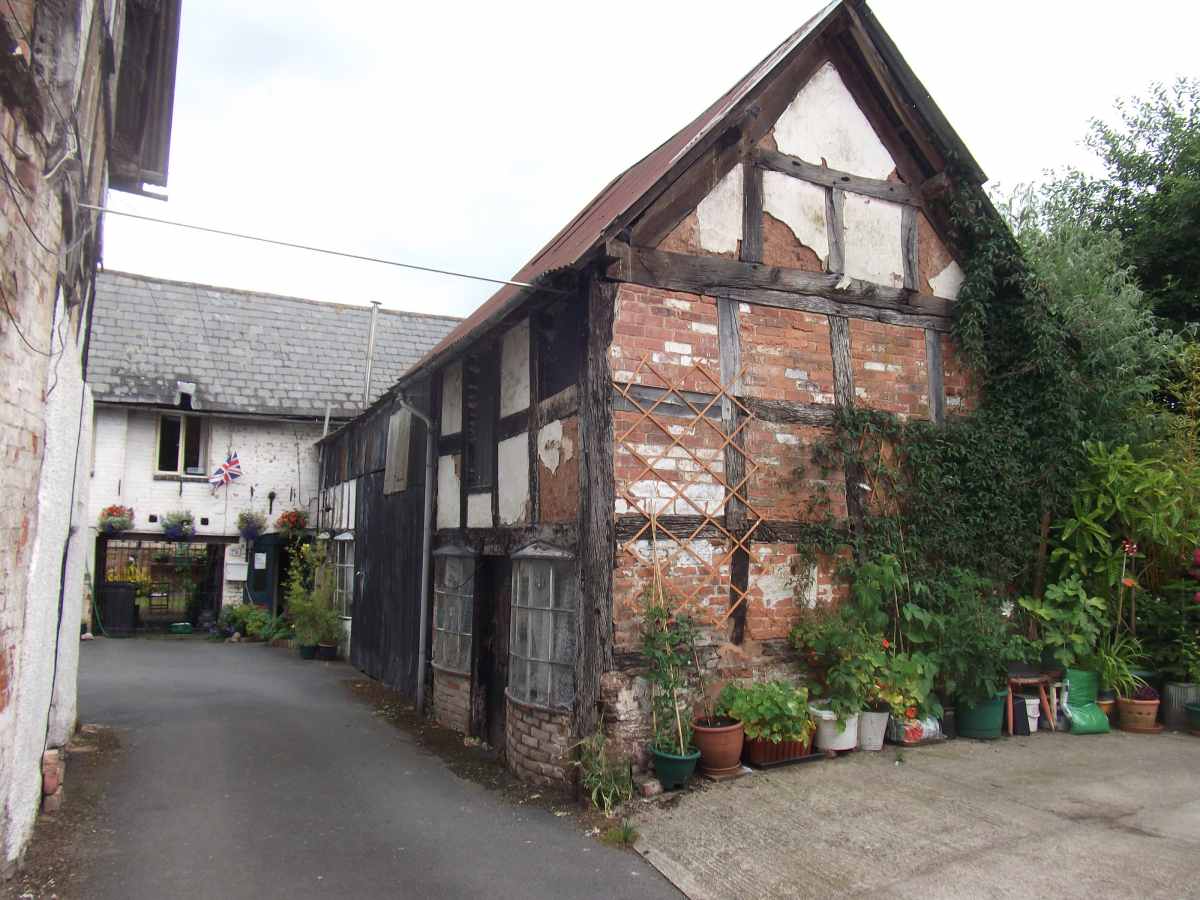What is a historic property?
If you live or work in central Leominster, the chances are that it is in a historic property!
‘Historic’ is a term which is generally used to describe properties constructed before the mid-20th century. The older they are, the more remarkable and special their survival is likely to be. Leominster town centre retains much of its medieval street plan. Within the town there are a significant number of surviving timber-framed buildings of 14th to 17th century date, sometimes concealed behind 18th/19th century frontages.
It can be useful to find out more about the history of your property. It can help you understand how the building is constructed, what it was used for and how it has changed over time. It can also be fascinating to learn about the lives of previous occupants and custodians.
Click here to download the Researching your property Factsheet

Looking after your property.
A good place to start is Historic England’s webpages on owning historic property. The pages cover what living in an older building, listed building or conservation area means for owners. You can find information on the differences between old and modern buildings, and advice on buying an older property. You can also find out if your property is listed.
The Institute of Historic Building Conservation (IHBC) has a dedicated ‘Caring for Your Home’ section on its website. There is information on getting to know your home, how to carry out regular inspections and where to find specialist help. You can also get 15 minutes of free expert advice and guidance from conservation practices on the IHBC’s HESPR register.
The Society for the Protection of Ancient Buildings (SPAB) has lots of resources about maintaining a property, in-depth information and technical guidance and offers free, independent advice for homeowners via telephone.

Why are historic properties different?
Most properties built before 1914 were constructed with solid brick or stone walls or a timber frame with infill panels. This traditional method of construction allowed moisture (such as rain or groundwater on the outside of the property and humidity from washing, showers etc. on the inside) to evaporate away. This is sometimes referred to as ‘breathable construction’. Modern construction methods such as cavity walls, modern cements or renders and damp proof membranes are designed to keep moisture out. Problems can develop when traditional and modern methods of construction or materials are mixed, as it can trap moisture within the fabric of the building and lead to issues such as damp, condensation and mould.
This illustration shows how moisture interacts with traditionally constructed buildings. Illustration courtesy of the Society for the Protection for Ancient Buildings.
